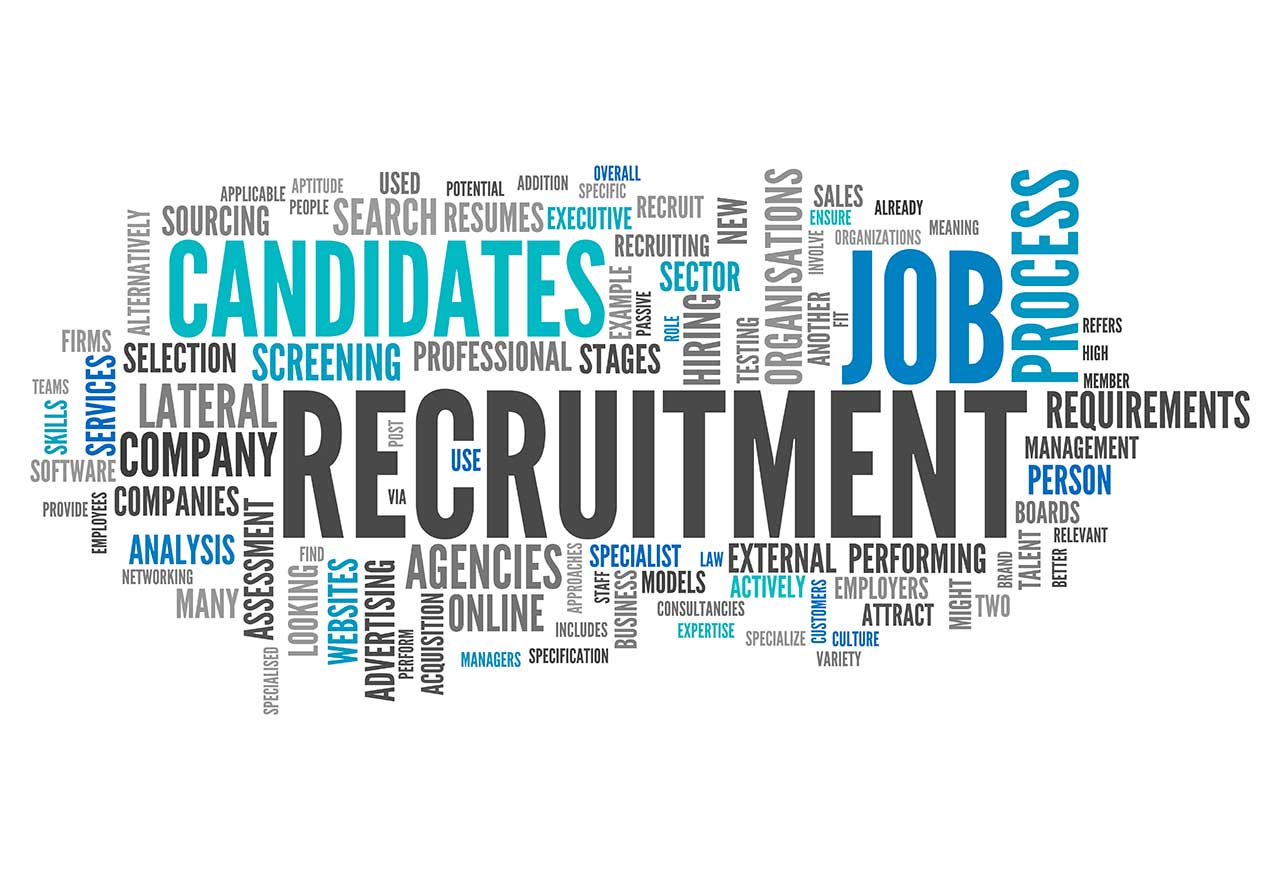At a recent aviation industry golf tournament in Minnesota, someone asked me a great question.
“Jennifer, how long should it really take us to complete the aviation recruiting process?” he asked. “I mean, how tight should our timeline be, given the high-demand job market right now?”
I wish I had had a more definite answer. The best one I could offer him is: “It depends.”
It’s true: once you’ve identified the right slate of candidates, it might take three weeks. Other times, it could take months.
But in this market, the tighter the timeline, the better.
Everyone has a different process for getting to know their candidates. Here at API, we’ve seen a variety and combination of things that work.
Some of them include:
- Phone screen
- On site visits from 1-2 days
- 30-minute meeting with individuals
- Lunches with team
- Simulator evaluation
- Ride-alongs
- Panel interviews
But whatever your aviation recruiting process entails, it needs to be airtight and reflect that brand that you’re selling.
If you tell a candidate you’ll get things done in three weeks, you had better plan on three weeks.
Why?
Because your hiring process is a direct reflection of your company.
Remember, the interview itself is a “courting” process. The candidate is trying to “woo” you, the hiring manager, and you should be doing the same with them.
But if you don’t know how to “sell the sizzle” (e.g., your brand, culture, and reputation), you’re missing the boat.
Are you really aware what would make you a compelling employer—and then be able to back it up? What is the talent looking for in the market? You can’t be competitive if you don’t know your audience.
If your flight department is known for offering a strong work/life balance, be prepared to discuss with your candidates scheduling and hard days off, or the benefits your company offers to support that aspect of your culture.
When possible, be specific, and certainly don’t make promises that can’t be kept or you’ll be back in a hiring scenario sooner than you think.
We find that one of the common key attributes of our clients that have the highest talent retention rates is transparency. And transparency means openly discussing what works well and what can be improved—both with existing and prospective talent.
However you get to the candidates that you’re going to vet—be it working with a recruiter or using your recruiting partners—the questions you should ask are: How long should it take? And what should it look like?
You can start to build your hiring process by identifying what your priorities are when you’re identifying new talent.
Some critical points to consider are:
- Is it important that you have more than one opinion?
- Do you feel the need to test technical proficiency for pilots or offer maintenance professionals some time to work amongst prospective teammates?
- Do you find value in non-managerial members of the team casting a vote?
- Do potential employees need to meet with HR and/or executives/principals?
Once you’ve identified what brings the most value to your process, you can begin to establish a timeline. If at all possible given the competition and fluidity of this market, three weeks from interview to offer is a sound goal.
If your process is going to take longer due to circumstances beyond your control, simply explain that to the candidate. Typically, a candid discussion about timeline and expectations can ease fallout caused by a longer than average hiring process.
If you have multiple candidates vying for the same position, make sure your communication with each is consistent and delivered when promised.
If you’re courting a top-notch professional, they are going to expect the same level of professionalism in return; that means keeping your commitments to them and following through.
It’s also wise to share with candidates of choice what the process will entail should they be provided an offer, i.e., a background check (which may take two weeks), a drug screen, a physical, references from them, and so on. Sharing these details will let the candidate plan accordingly (when giving notice to their current employer, for example).
Finally, when you’ve chosen your candidate, they’ve signed the offer and you’re on your way, do not forget to follow up with the candidates who weren’t chosen. There is real value in following through with those who make it to the final round but don’t clench the position.
Remember, you may end up calling on them somewhere down the road, or they might show up as a peer someday. We all know this is a small industry, so don’t underestimate the importance of following through—and following up—with your second and third choices.
And, if they ask for it, don’t be afraid to provide them with feedback. It’s okay to explain that it simply wasn’t a fit, or that their experience wasn’t as strong as the candidate you chose.
We’re all professionals—it’s okay to say no as long as you explain why.
To recap, remember to identify what brings value to your aviation recruiting process. Then build your timeline around those needs, communicate to candidates during the entire process and follow through with everyone, including those not chosen.
Need further help?
If you’d like assistance with your next recruiting project, contact our team and we’d be glad to walk you through API’s retained recruiting process.

